Parrot Party Review

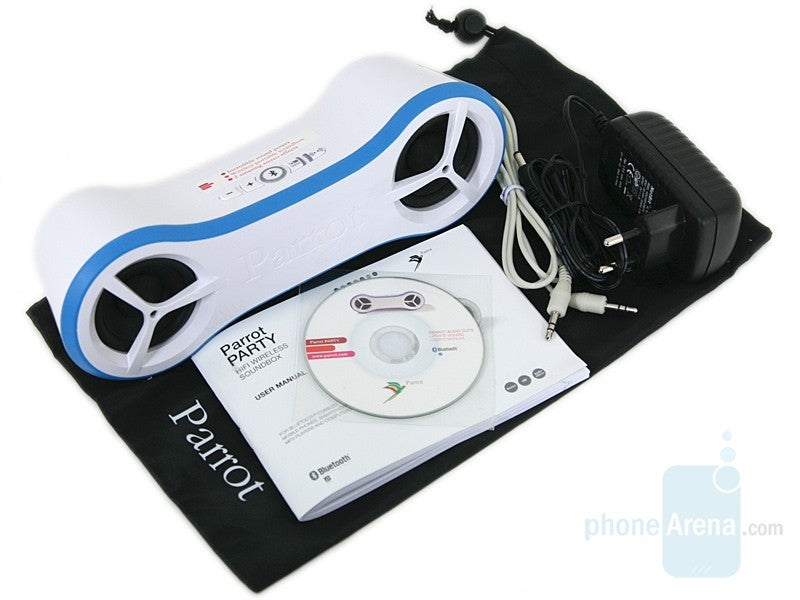
Imagine the following situation – a friend of yours invites you to a party on one condition, if you “bring music”. Just a few years ago this meant moving a PC (laptop in best case scenario), speakers and many cables. Nowadays you only need to take your cell phone (Stereo Bluetooth capable one), loaded with your favorite music and a portable Bluetooth Soundbox. In other words, you need something like Parrot’s Party.
Design:
Party is a combination of two symmetrically positioned speakers united in a massive body. Being all white (aside from the blue light following the edge of the front panel), with its soft oval shapes, it is clear that the product targets the young generation and it would not fit at a business dinner. The main material used is plastic. Except for the edge line, mentioned above, which is rubber-coated, and transforms into two supports in the bottom, ensuring the stability of the device. Currently the product is offered in that color only and it would be good if the manufacturer comes up with other variations in the future.
With dimensions of 228x79x85 mm at 1.4 lb, Party is the most compact soundbox Parrot offers and is a rival to the Nokia’s MD-5W (213x58x54 mm and 0.8 lb)
All the buttons are positioned in the upper part. The biggest one, assigned for the Bluetooth modes is in the center. It is surrounded by a light indicator, which lights up in different colors (blue, red and purple) or color combinations depending on the regime the device is at the moment. The two volume control buttons are located on the left and the two on the right are for the Virtual SuperBass and Stereo Widening. The small size of the first two and the fact that they are positioned so close to each other can be pointed as one of the main drawbacks. They are also the only controls lacking any light indicators and can be very easily pressed by mistake. On top of that, the button for turning the sound down is very sensitive and if held pressed for a bit longer it mutes the system.
The power button, the charger input and the 3.5 mm stereo jack, which you can use in order to connect the Party to another device, are located on the back.
The power button, the charger input and the 3.5 mm stereo jack, which you can use in order to connect the Party to another device, are located on the back.
Functionality:
Connecting the device is done through the standard procedure; while in search mode the main button is pressed and the password to be entered is 0000.
According to the manufacturer the soundbox supports up to ten simultaneously connected devices, but for us pairing it with more than one proved to be an impossible task. The strange thing was that after resetting the Party we had to pair it again with the device it was previously connected to.
Party has two presets to multiply the pleasure received of listening to your favorite tunes:
Connecting the device is done through the standard procedure; while in search mode the main button is pressed and the password to be entered is 0000.
According to the manufacturer the soundbox supports up to ten simultaneously connected devices, but for us pairing it with more than one proved to be an impossible task. The strange thing was that after resetting the Party we had to pair it again with the device it was previously connected to.
Party has two presets to multiply the pleasure received of listening to your favorite tunes:
- Virtual SuperBass – enhances the bass frequencies (this effect is hardly noticeable due to the weak bass performance of the device)
- Stereo Widening – broadens the music frequency ranges for a better sound indoors (also debatable)
Unfortunately, a built-in equalizer with at least a few presets (rock, classic, R&B etc.) is not present and these have to be controlled from the source. You can not control the playlist from the device either.
A good idea the manufacturer had, was to include a cable with a standard 3.5 mm jack, which doesn’t limit the Party to connect utilizing Bluetooth only. Regrettably, we noticed a big difference in the quality of the sound when using the cable and when using the Bluetooth technology, the wireless connection being the better one.
In the box you will find a software installation CD to help you connect the Party to an A2DP capable PC. The software has an equalizer, fine sound tuning and sound delay for easier PC synch. There is an option for a firmware update, which is done very easy and takes a maximum of ten minutes.

You probably don’t know this, but Party is already a media star. It did participate in David Guetta's video to the hit single “Baby when the light”, where the cute soundbox could be seen on the beach surrounded by few hotties.
Unfortunately, when testing outdoors we weren’t satisfied (maybe we went to the wrong beach). Indoors (not counting being in a plane hangar), the device did very well. The sound is clear and loud enough for background music, but don not expect anything more.
Parrot Party arrives in a set with four 2100 Ni-MH rechargeable batteries, united in a battery pack and an external charger/power supply. On one hand you won’t have to buy additional batteries, but we think it would’ve been better, if there were four separate ones. According to the manufacturer they are good for up to four hours continuous play. When we tested the system, it lasted even more - for 5 hours and 45 minutes. We dare say, that if the volume is not turned up at the maximum level, the battery may last even longer.
It is operational at up to 10 meters. We didn’t notice any sound interruption during the test.
In contrast to most rival models, Party can not be used as a speaker while talking on the phone. Luckily, if there is an incoming call, the sound is muted and is then back on very quickly.
Conclusion:

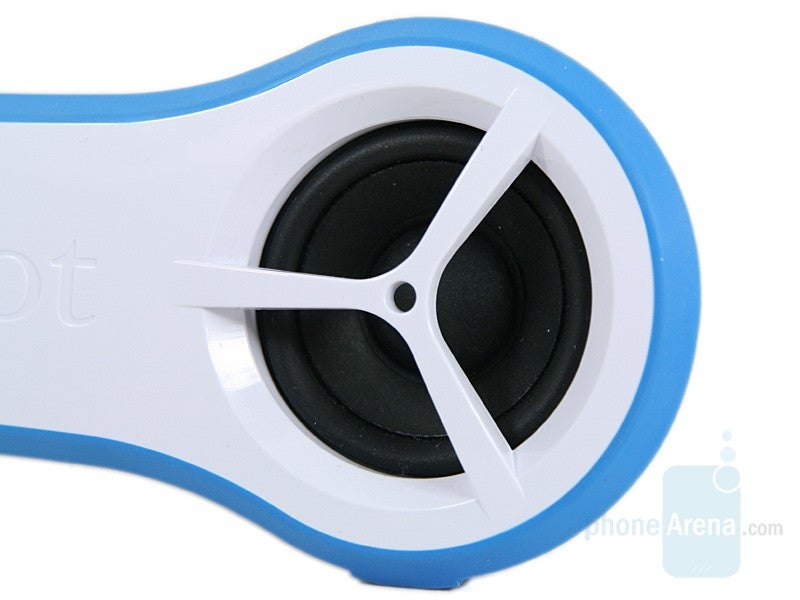






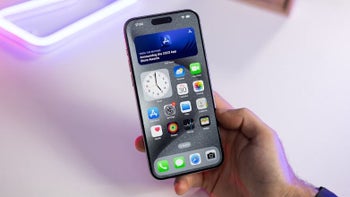

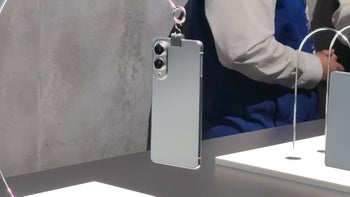
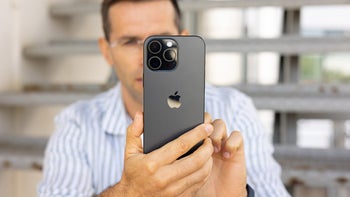
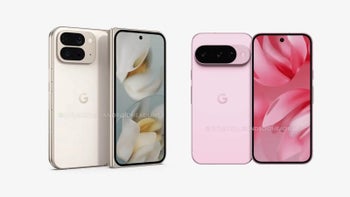
Things that are NOT allowed: